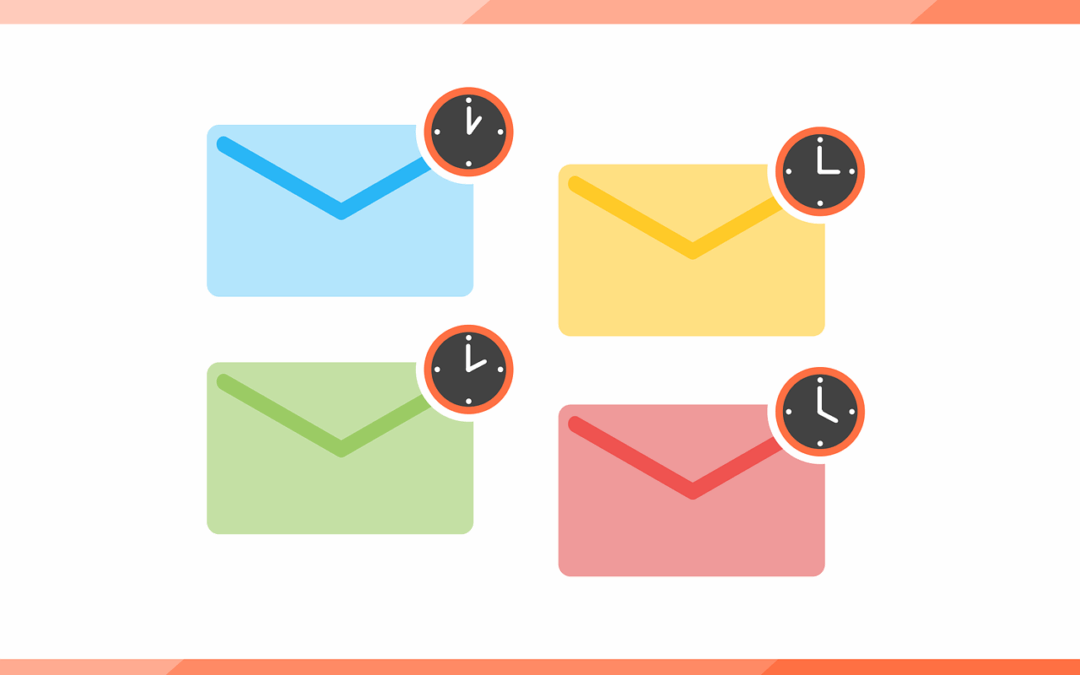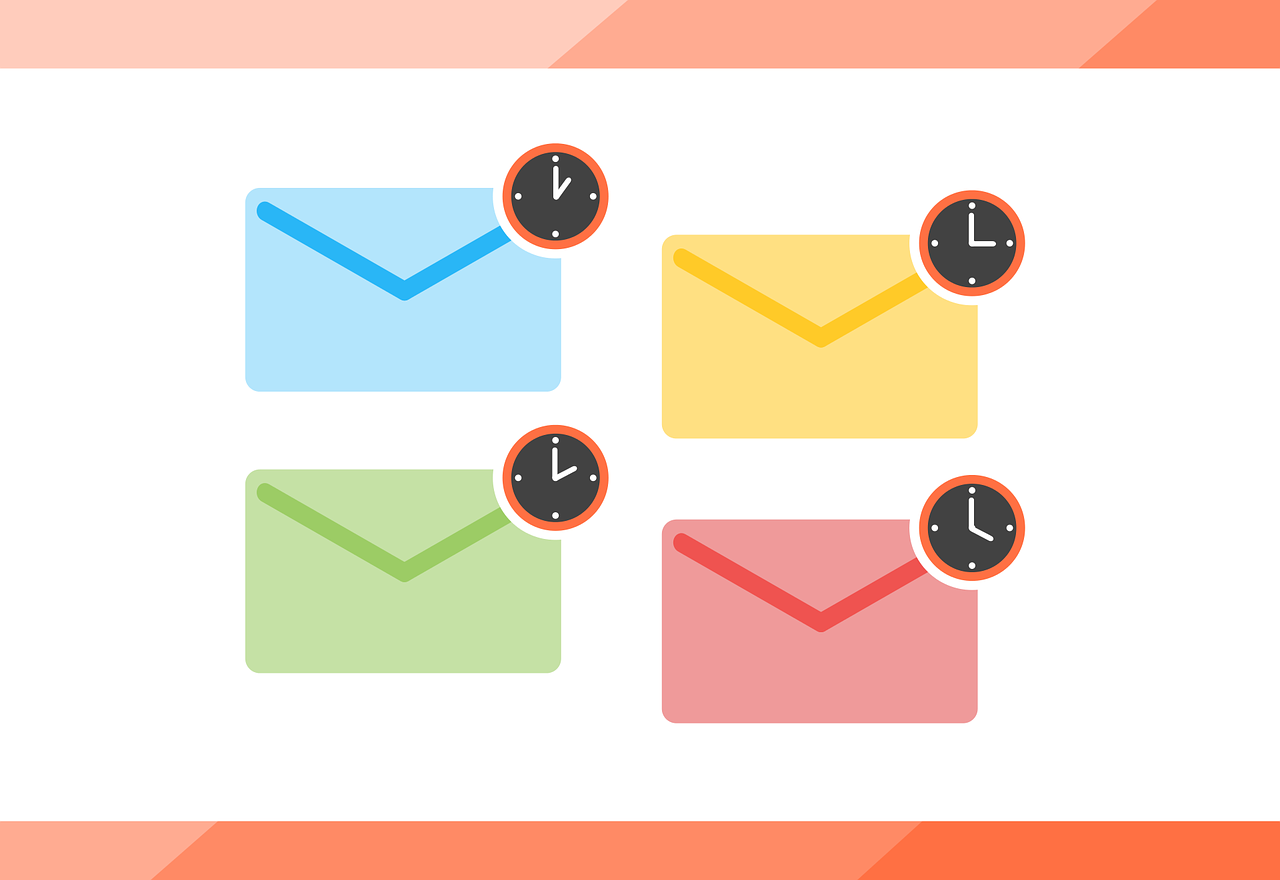
Using Autoresponders For Your Author Platform Mailing List
I’d like to thank Shane Hall, shanecarlhall@gmail.com for sharing this guest post on autoresponders:

Hi folks! I’d like to thank Brian Ference for hosting this idea of mine. I saw his great post on getting started with a mailing list service, and it got me thinking about autoresponders, and the many things you can achieve with them.
If you’re not familiar with Brian’s post, go ahead and check that out first. It covers every important key point to starting and building a mailing list, and I do mean everything.
Now then: autoresponders!
If you’re an author, lots of people will tell you that the purpose of a mailing list is to build a reliable following of readers who will buy your books and assist with launches. However, you’re also gathering a collection of people who gave their email addresses and other information, and who are intrigued by your writing. They may even become hardcore fans, waiting eagerly for your next book.
Treat these people well, and you’ll have something more than a source of income or a support team. You’ll have the foundation of a happy author career, talking with readers, learning more about them, and seeing just how your work affects other people in a positive way.
That said, you’ll reach this point a lot faster if you’re sending the right emails at the right time, and that’s what an autoresponder is all about.
What is an Autoresponder?
An autoresponder is a program that automatically sends emails to specific subscribers or groups of subscribers on a mailing list. The keyword is “auto”, meaning you’re not involved in the sending process. In contrast to specific emails that you send when you want to, or when you schedule them, autoresponder emails will send in response to a condition that you set.
The most common kind of autoresponder is a welcome email, which sends as soon as someone has confirmed their subscription to a mailing list. Pretty much every mailing list service lets you customize a nice welcome email, but the true power of automation goes way, way farther!
What Can Autoresponders Do?
The truth is that there are no real limits, apart from your imagination. Let me list some of the ways I and others have used them, and you may get an idea of why they’re so effective.
1: Welcome Series
These are the bread and butter of so many businesses today. A welcome series basically expands upon the idea of a welcome email. You send the welcome email, then another email that triggers a few days, a week, etc. after the last one was sent, then another, and so on in a series. Each email provides something of value. There are all sorts of ways people use this. As an author, you’ve probably signed up to a few (or a ton in my case) free email courses that teach you how to do something relevant to your career.
Using myself as an example, I offer the first book in my dystopian sci-fi serial, Feedback, as a gift for joining my list. That triggers my own welcome series, which sends an email every couple of days for a few weeks. Each one has some helpful information about the book series, cool offers, and even secret side stories that aren’t accessible anywhere else. It’s meant to reward people who keep up with my books by providing things that a new subscriber would appreciate.
Just be sure not to send too many emails at once, and to be clear with people. My welcome series has eight emails, with one sent every couple of days, and I also make this fact clear in the welcome email. Use it wisely, and you can get a higher percentage of people who download your free book to actually read it by providing interesting info on the characters, what inspired you to write it, and more.
2: Clicked A Link (Or Didn’t)
This is an awesome way to interact with subscribers more. Let’s say you release a blog post relevant to your list, and send a standard blast email with a link to it. You could then set up an autoresponder that sends to anyone who clicked that particular link, a certain amount of time after it was clicked.
For instance, you could have an automatic email that sends one day after someone clicked your link, asking what they thought of the post and if they have any suggestions or comments. Don’t be afraid to ask people questions or ask for their opinions, because you’ll very likely get answers from some of them. The people who respond to your emails are some of the most valuable readers you’ll ever get, so use tactics like this to show them that you care what they think.
Alternatively, you could also send emails to people who didn’t click a link. For instance, if you’re running an important campaign that you want your subscribers to support, you can send a reminder email for those who didn’t click the link, gently telling them again why it’s a great opportunity.
These strategies also work for opening and not opening emails. If someone hasn’t opened several of your previous emails, that could trigger a short email asking if they’re still interested in your work, and if not to feel free to unsubscribe. It may sound awkward, but as long as it’s honest and friendly, it’s a nice way of cleaning up your list without you having to do anything.
3: Unique Fiction Potential
This is something I’m experimenting with now, but other authors have used before. Using an autoresponder to deliver smaller amounts of fiction is a great way to let people test the waters of your writing style, so to speak.
Currently, I’m offering a fantasy story called the Tragedy of Veminox. It’s broken into 50 short entries, and it’s essentially for anyone who wants to read a little of a fantasy story at a time, such as during a lunch break. Each email has a link to the next entry, but the following email only sends one day after the link in the prior email was clicked.
Why do it like this? Well, if you simply schedule it like a welcome series, and sent one entry every day or every few days, it would be easy for people to fall behind if they stop reading for a while. But with the way I’ve designed the triggers, someone could pause with reading the stories by not clicking the next link, and they’ll never fall behind!
This is only a small taste of the options that autoresponders provide. Here are some other ideas:
1: Do you write lots of flash fiction? You could also make a series that sends one interesting flash fiction story per week for an entire year. That’s a lot of entertainment without bogging down people’s email inboxes.
2: Do you write in vastly different genres that appeal to different audiences? Track whether someone clicked the link for a free story in one of your emails. If they didn’t click, make that the trigger to send them a completely different kind of story! Let people know that you don’t just offer a single genre. You could also send a simple, short email asking if they’re interested in the other genre you write in, and if they click to confirm, move them automatically to a new autoresponder made for that type of writing.
3: Team up with other authors in your genre. Similar to how the flash fiction one works, you can make an autoresponder that recommends a different book in your group in each email, once a week, month, etc.
If you get a bit creative, you’ll likely find a way to use autoresponders that’s enjoyable and that strengthens your author platform.
Note: keep in mind that I’m speaking from experience with MailChimp, but pretty much all email sending and management services should have these capabilities. Some may even do things that MailChimp can’t!
What Does It Cost?
Automation is complex and powerful, which is why it’s often behind a paywall. For instance, MailChimp is free up to 2000 subscribers, which is great for starting authors with limited funds. However, this doesn’t apply if you’re also using automation. You’ll then be paying based on how many subscribers you have. I consider MailChimp’s automation affordable for what it offers, but everyone’s different.
This is where you might want to shop around. Other services might offer automation services at a price that works for you.
Get An Autoresponder!
Almost every other day, someone in my list replies to a question or request that I posed in an automatic email. The people on my list are more than just numbers, and I’m forming valuable, authentic relationships with them. In these increasingly hurried times, driven by robotic buzzwords like conversions and funnels, it’s important to remember that we’re writers, and the people on our lists are readers. We’re both people who are passionate about words and writing, and we should take every opportunity to break the ice.
An autoresponder is a great way of going the extra mile to show respect to these people and stand out from the crowd.
Got any questions? Feel free to email me at shanecarlhall@gmail.com. You can also sign up for my own list if you’d like to see an example of what a welcome series looks like.
Thanks for reading, and good luck on your author journey!
